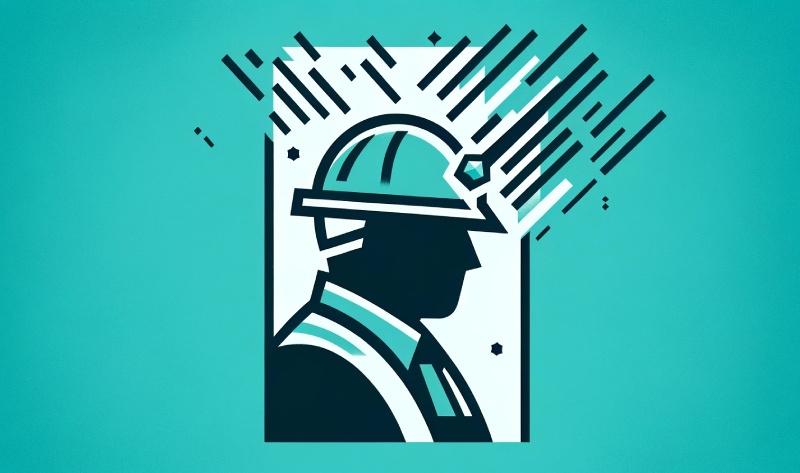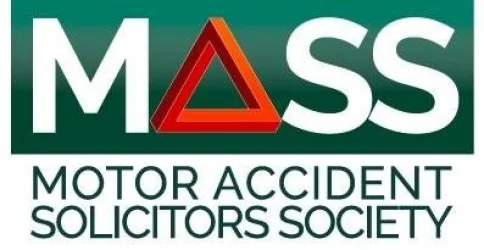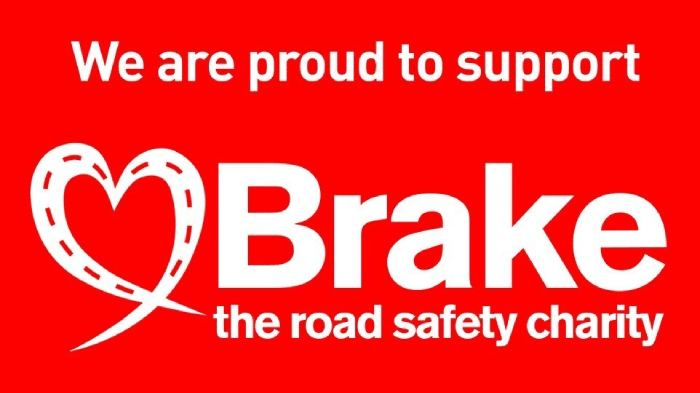Guest Blog
We invited TransMed Services Ltd to advise on dealing with some of the more common injuries resulting from accidents at work in a four part guest blog series.
Part 2 – Cuts / Lacerations
My name is Dean Hamilton and I’m the Operational Support Officer for TransMed. My job includes providing ambulance services, event medical services and first aid training for businesses. This is part two of Transmed’s guest blog for Paschal O’Hare Solicitors about dealing with common injuries sustained from accidents in the workplace. In this post I’m going to write about a common but serious injury:
Cuts / Lacerations
Most cuts are minor and can easily be treated in the workplace. With the correct care, healing will begin within a few days. I often see this type of injury occur in a factory, a building site or something of that nature, but of course someone can receive a particularly nasty cut in any place of work.
The first thing you should do when dealing with a laceration is stop the bleeding. Apply pressure to the cut using a clean dry absorbent material, preferably a sterile bandage from your first aid kit. Hold this in place for several minutes. If the cut is on the hand or arm, raising the arm above the head will reduce blood flow and hasten this part of the treatment. Similarly, if the cut is on the feet or leg, the patient should be laid onto their back and the leg elevated.
When the bleeding has stopped, give it a clean and cover it with dressing to help prevent infections by adhering to the following:
- Wear disposable nitrile gloves, or wash your hands if you don’t have any.
- Clean the cut gently under normal tap water or with an anti-bacterial wipe from your first aid kit.
- Pat the area dry with a piece of clean gauze or a bandage.
- Apply a sterile dressing such as a plaster or bandage.
The injured person should change their dressing when needed and avoid getting it wet. After a few days they should be as right as rain.
However, if the wound has become infected the patient should visit their GP or a minor injury unit. It might be infected if:
- It was contaminated with dirt.
- There was something in the wound before it was cleaned.
- It has a jagged edge.
- It’s longer than 2 inches.
- It was caused by a bite.
In some instances a cut might qualify as a medical emergency and the injured person should visit A&E immediately. Call your friend and colleague an ambulance if:
- The bleeding will not stop.
- The blood is spurting and is bright red.
- The patient is losing sensation near the wound.
- The cut is on the palm and is likely infected.
- There might be a foreign body in the wound.
- The wound is large or there is tissue damage.
- They lose consciousness.
A trip to A&E is also necessary if the bleeding won’t stop, but isn’t spurting, or it’s on the face. Get there quickly, but an ambulance isn’t necessary.
Whilst carrying out first aid, try to keep the injured person as calm as possible and keep talking to them.
This was part two of our four-part guest blog. The next topic TransMed will be covering is repetitive strain injuries.
Thanks for reading,
Dean
This is part two in a series of guest blog posts.
Part 1. Fractures by Andrew Moore
Part 3. Strains & Sprains by Blair Elliot
Part 4. Choking by James McMahon
Dean is a fully trained medic and water rescue technician with Transmed Services Limited and has been working in the pre-hospital arena for over 10 years. The content produced by him here does not constitute as recognised first-aid training or medical advice and it should be viewed as informational only.
If you had an accident at work we can help. Learn more about our services or contact us for a free no obligation enquiry.













